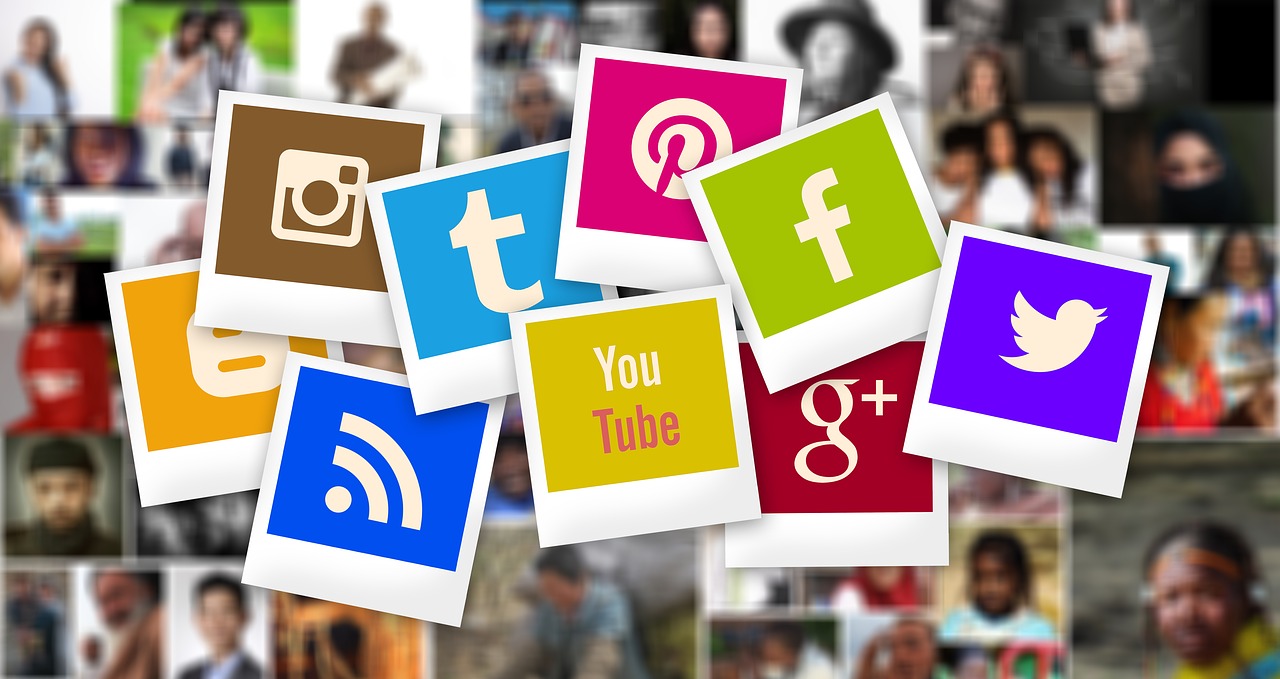6 Easy-to-Use Platforms for Posting to Business Social Media Accounts
Social media started out as a way to connect with other, like-minded people, and businesses soon realized the potential it had to reach audiences in...

Over the past 15+ years, social media has emerged as a communication channel that provides businesses and marketers with a cost-effective opportunity to reach audiences around the world. In the past, communicators were often at the mercy of “gatekeepers” when attempting to get their messages to the masses—i.e. media outlets that “owned” audiences and had the power to decide what news and information they would share with those audiences. Social media has leveled the playing field and made it possible for all to share their messages with others.
Pew Research Center has been tracking social media use since 2005, when only 5 percent of American adults used at least one social media channel. Over the past 15 years, that number has grown to 72 percent or higher.
While Facebook has been the leader in social media for many years, YouTube has surpassed it in 2018 as the most widely used online platform, according to Pew data. Both platforms offer ample opportunity to marketers to get their message out to the masses.
Not all social media channels are equally valuable - and even though Facebook boasts a massive audience it may not be right for you.
The various social media channels allow you to “post signs” around the internet that point to your business or website. There are very busy roads (like Facebook) and less traveled, but more targeted, roads like Dogster (for dog lovers), Untappd (for beer enthusiasts), LawLink (for lawyers) and a host of others.
With the growth in availability and use of social media, the playing field has become crowded. Because of the myriad of messages that can come from anywhere, a certain amount of skepticism about content has grown, fueled by the cries of “fake news” that become increasingly more common since the 2016 election cycle.
Some news is fake, of course, and skepticism can be valid. For marketers, that skepticism increases the importance of establishing credibility and authority with every message you send through your content channels.
In short, becoming a trusted source of information is a great way to leverage the power of social media.
Success through social is a journey, not a race. Too often business owners and marketers are impatient and expect immediate results. It’s important to remember that it takes time to build an audience and to establish credibility and expertise. How much time depends on your audience - what you have to offer compared to your competition.
Choosing a very narrow niche market that is under- or un-served by others can lead to faster results. Breaking into a crowded and very competitive market will take time.
However, once you’re established, results can be significant. Consider the analogy of a flywheel—at first, the wheel spins slowly but, as traction builds, it spins faster and faster and faster. It is the same with social media management. But getting there requires persistence, consistency and brand alignment.
Whether you choose to focus on one channel or share messages across multiple channels, having a clear strategy in mind is important both in terms of content and timing. At the outset, you will want to consider which channels are most likely to reach your desired target audience with information they value and are likely to engage with.
As we’ve already pointed out, Facebook and YouTube are examples of channels that are used by a very large audience. Both can be good choices for sharing your message. Each channel offers its own benefits and advantages:
As you can see, there is a wide range of large and very niche channels for you to choose from. Where you choose to post your content will depend on your audience, what you have to offer and the resources you have available to you. You can’t be everywhere, but you can choose to be where your audience is most likely to engage.
As a standing rule of thumb, the more content you share, the better the likelihood that you will make an impact and stand out.

Social media started out as a way to connect with other, like-minded people, and businesses soon realized the potential it had to reach audiences in...

Perhaps it's the “everybody's doing it” nature of spam emails, for it's a rare marketer who hasn't nursed the thought, “Yeah, so I've sent...

Always intended but easy to overlook as the days go by, follow-up in the sales process is often the first area I zero in on when helping someone...